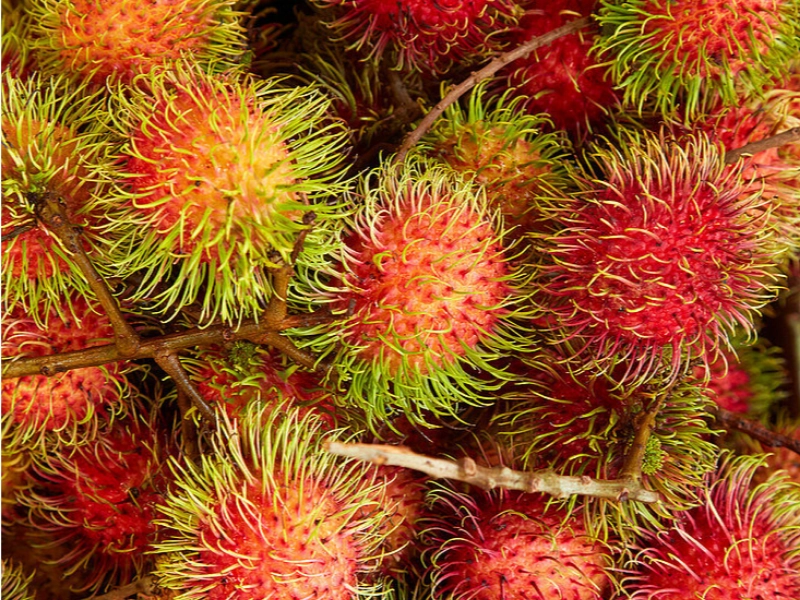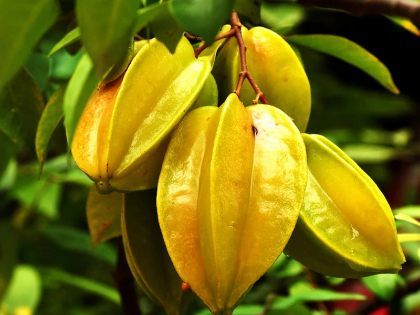Importing Rambutan: Guidelines and Regulations
For companies and fruit aficionados alike, importing rambutan—a tropical fruit with distinctive look and taste—can be an interesting endeavour. To guarantee compliance and success, nevertheless, negotiating the rules and norms connected with importing this exotic fruit is crucial. This page will give a summary of the required procedures, rules, and best practices for importing rambutan so simplifying and expeditious the process.
Knowing Rambutan Import Policies

Selecting a consistent supplier
 The importing of ramboutan depends critically on choosing a trustworthy provider. Your success might be much influenced by the quality of the fruit and the dependability of the supply. Finding a source that satisfies both quality and legal requirements calls for extensive investigation. Look for vendors who have exported rambutan and know the particular needs for your nation.
Improved price, consistent quality, and prompt delivery can also follow from a good connection with your supplier. To be sure the rambutan satisfies your quality standards, get samples before committing to big orders. Ask also about their compliance with export rules and their capacity to produce required papers, such phytosanitary certificates. A reliable supplier will open about their procedures and ready to help you with any legal needs.
The importing of ramboutan depends critically on choosing a trustworthy provider. Your success might be much influenced by the quality of the fruit and the dependability of the supply. Finding a source that satisfies both quality and legal requirements calls for extensive investigation. Look for vendors who have exported rambutan and know the particular needs for your nation.
Improved price, consistent quality, and prompt delivery can also follow from a good connection with your supplier. To be sure the rambutan satisfies your quality standards, get samples before committing to big orders. Ask also about their compliance with export rules and their capacity to produce required papers, such phytosanitary certificates. A reliable supplier will open about their procedures and ready to help you with any legal needs.
Handle and Transportation Issues
 Importing ramboutan mostly depends on handling and transportation. This fruit's delicate nature makes it readily damaged during transportation, therefore influencing its shelf life and flavor. Selecting a suitable form of transportation guarantees that the rambutan stays at ideal conditions and temperatures all along the travel.
Because rambutan travels quickly and reduces the fruit's time in transit, air freight is usually the chosen means of transportation. If cost is a factor, though, sea freight could also be a choice as long as the fruit's freshness is maintained by appropriate care. Temperature-regulated containers and insulated packing will help guard the rambutan from physical harm and temperature swings.
Correct handling is required to maintain the rambutan's quality once it reaches its target. To avoid bruising, be sure the fruit is kept in a cool, dry environment and handled gently. Strict quality control policies implemented upon arrival enable to spot any problems early on, thereby enabling quick response if needed.
Importing ramboutan mostly depends on handling and transportation. This fruit's delicate nature makes it readily damaged during transportation, therefore influencing its shelf life and flavor. Selecting a suitable form of transportation guarantees that the rambutan stays at ideal conditions and temperatures all along the travel.
Because rambutan travels quickly and reduces the fruit's time in transit, air freight is usually the chosen means of transportation. If cost is a factor, though, sea freight could also be a choice as long as the fruit's freshness is maintained by appropriate care. Temperature-regulated containers and insulated packing will help guard the rambutan from physical harm and temperature swings.
Correct handling is required to maintain the rambutan's quality once it reaches its target. To avoid bruising, be sure the fruit is kept in a cool, dry environment and handled gently. Strict quality control policies implemented upon arrival enable to spot any problems early on, thereby enabling quick response if needed.
Customs clearance system
 Importing ramboutan depends on first negotiating the customs clearance process. This procedure entails turning in the required paperwork to customs officials for review and approval. Usually key records include the import permission, phytosanitary certificate, bill of lading, and any transaction-related invoices.
To prevent customs clearing delays, every paperwork must be correct and comprehensive. Any differences or absent data could result in fines or shipment seizure. Working with a customs broker will help to simplify this process since they are knowledgeable with the laws and processes required in importing agricultural products.
Importing ramboutan depends on first negotiating the customs clearance process. This procedure entails turning in the required paperwork to customs officials for review and approval. Usually key records include the import permission, phytosanitary certificate, bill of lading, and any transaction-related invoices.
To prevent customs clearing delays, every paperwork must be correct and comprehensive. Any differences or absent data could result in fines or shipment seizure. Working with a customs broker will help to simplify this process since they are knowledgeable with the laws and processes required in importing agricultural products.
Knowing Tariffs and Dues
Importing rambutan should be done with knowledge of any customs and charges that might apply. Tariffs are taxes paid on imported goods; their variations depend much on the nation of origin and the particular commodity. Accurate computation of the overall charges related with importing rambutan depends on an awareness of these costs. Find out your nation's tariff rates for rambutan and take these expenses into account while setting your product price. Your bottom line may be much affected if some nations grant preferential tariffs for specific trading partners. Moreover, knowing any changes in trade agreements or taxes will enable you to make wise selections and modify your import plan.
Sales & Marketing imported rambutan
Marketing and sales of ramboutan come next once you have effectively imported the fruit. Maximizing sales requires knowing your target market and creating workable marketing plans. Emphasize the special features of ramboutan, such its unusual taste and health advantages, to draw in possible consumers. Think about several sales channels: local markets, supermarket shops, and internet sites. Establishing rapport with distributors and stores will assist your product's visibility grow and reach be expanded. Furthermore, teaching consumers on the fruit and how to eat it will increase their demand and interest. Following these rules and instructions will help you to effectively negotiate the ramboutan importation process. Careful preparation, meticulous attention to detail, and a focus on quality can help you to offer this great tropical fruit to your market, therefore meeting the increasing demand for unusual goods.









